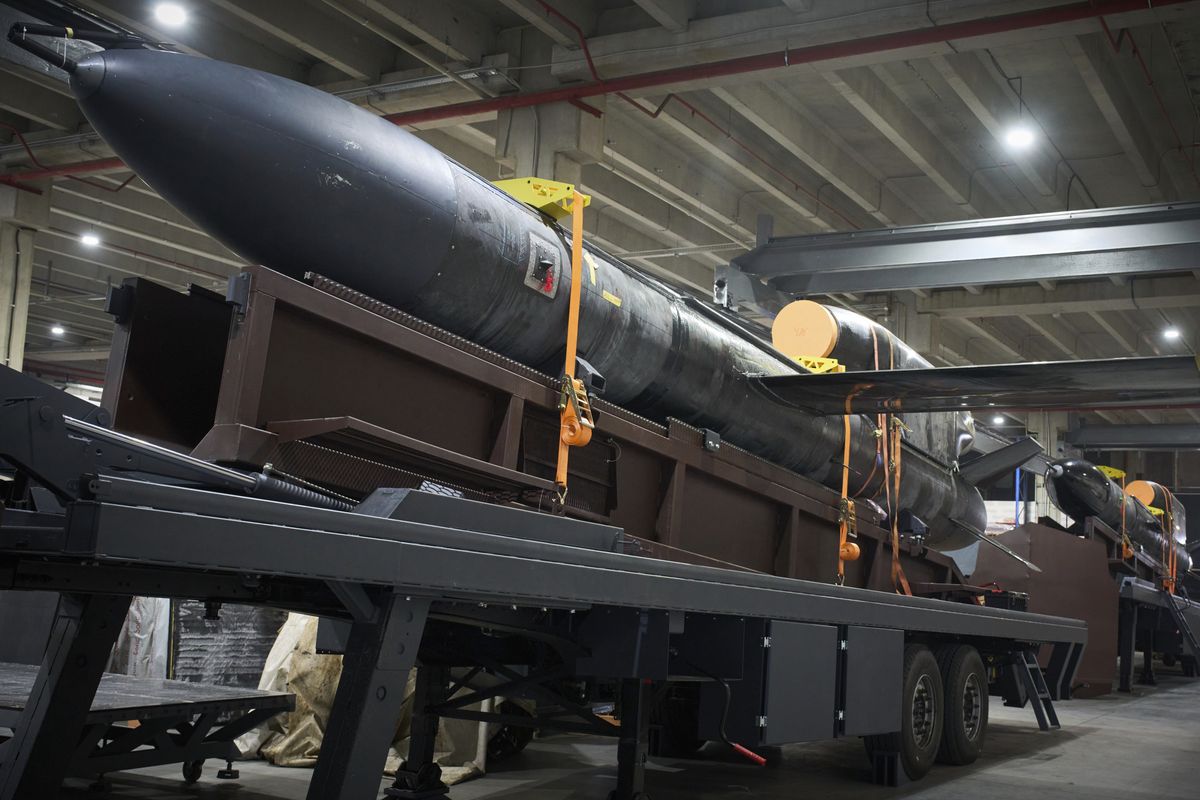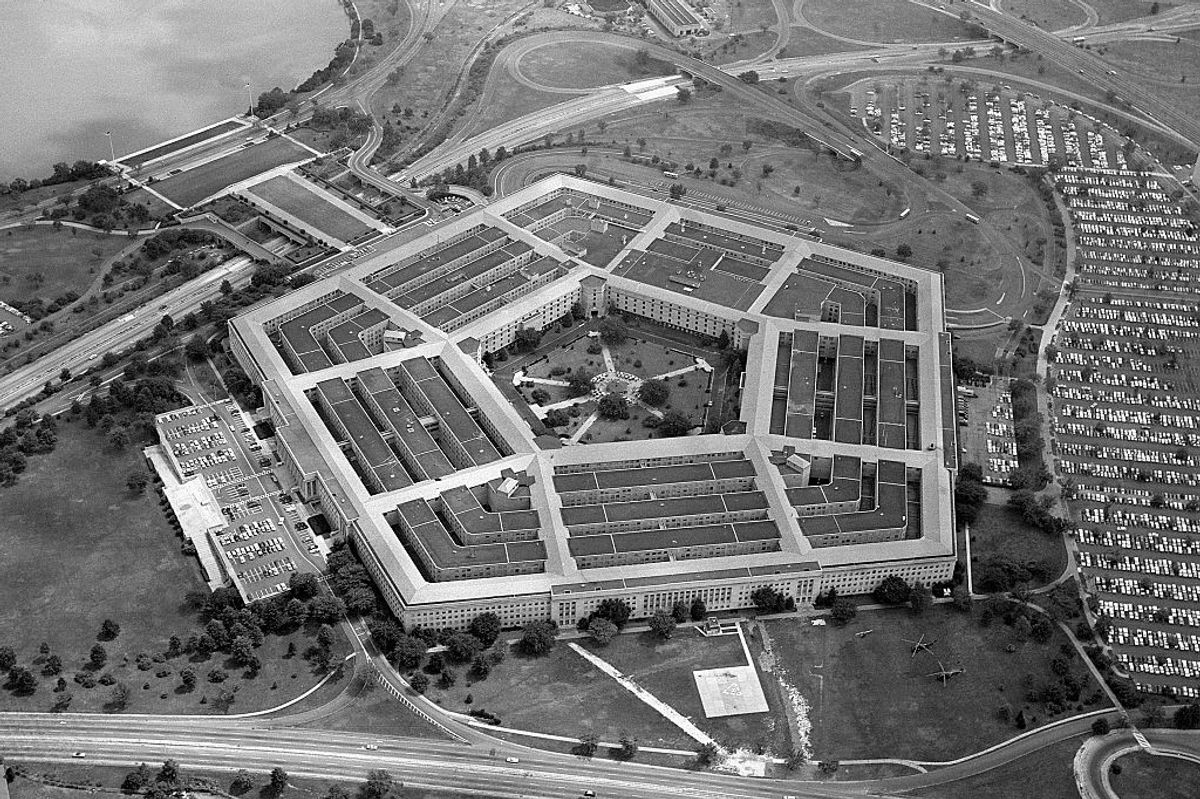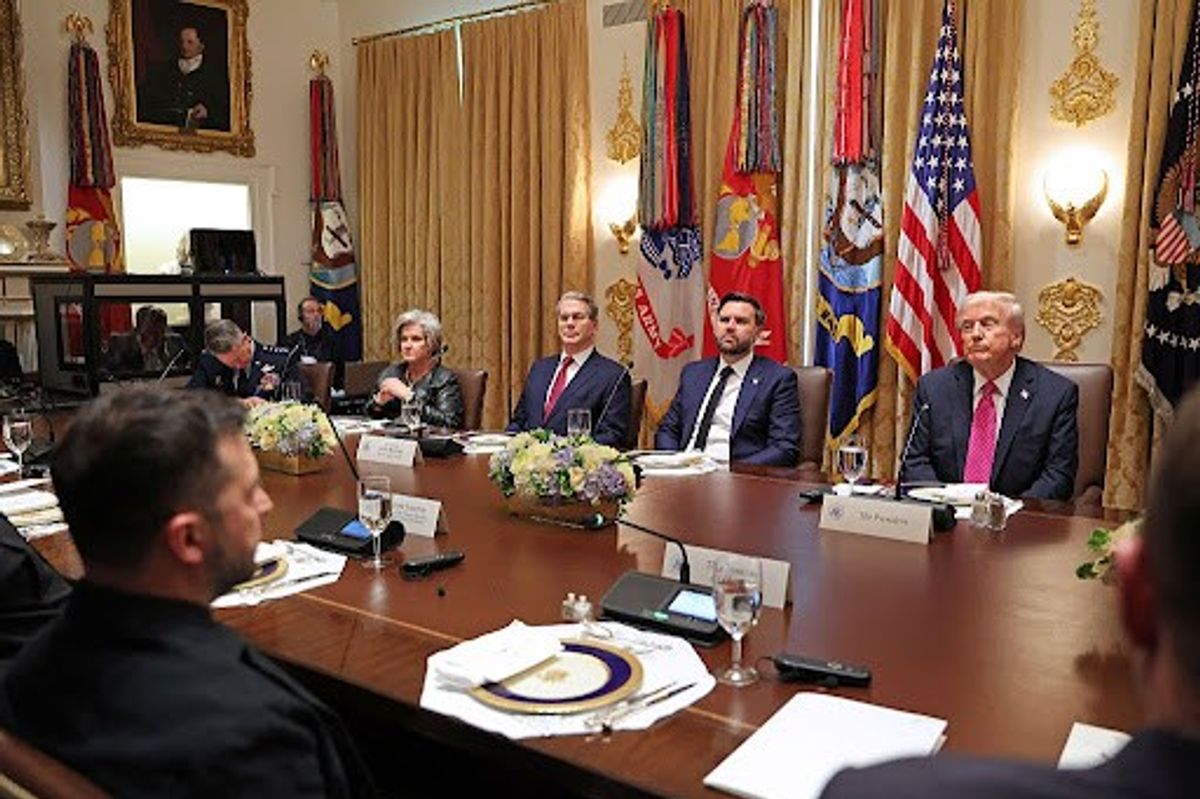OPINION — “The [Defense] Department [DoD] will continue to defend the nation and conduct ongoing military operations. It will continue activities funded with any available budgetary resources that have not lapsed (e.g., funds made available in Pub. L. 119-21), as well as excepted activities such as those necessary for the safety of human life and the protection of property. Significant activities that will continue during a lapse are summarized in this planning guidance document. Activities that are determined not to be excepted, and which cannot be performed by utilizing military personnel in place of furloughed civilian personnel, will be suspended when appropriated funds are no longer available. The Secretary of War may, at any time, determine that additional activities shall be treated as excepted.”
That is a quote from the DoD’s September 2025 Contingency Plan Guidance For Continuation Of Operations In The Absence Of Available Appropriations, issued “For Planning Purposes Only - Do Not Implement Until Direction from the Deputy Secretary of War or his Designee.”
This document, it states, “provides guidance for identifying those missions and functions of the Department of War (DoW) that may continue to be carried out in the absence of available appropriations.”
I must point out, because it’s the reason I’m writing this column, that the Public Law referred to above, Pub. L. 119-21, is none other than the so-called One Big Beautiful Bill Act (OBBBA), passed by Congress July 3, and signed by President Trump into law on July 4.
A bit of history: The OBBBA was designed by the Republicans to enact all of Trump’s second-term tax and spending policies in a giant, 1,100-page piece of legislation. The Congressional Budget Office said the measure would result in a decrease in direct spending of $1.1 trillion, but also a decrease in revenues of $4.5 trillion, increasing the U.S. deficit by $3.4 trillion over the 2025-to-2034 period.
To get the OBBBA passed, the Trump White House and Republicans in Congress used the fiscal 2025 budget reconciliation process, which allowed them to avoid the 60-vote Senate filibuster. With universal Democratic opposition, it passed the House by a 218-to-214 vote, and the Senate by a 51-to-50 margin, with Vice President J.D. Vance casting the tiebreaking vote.
As I wrote last June, the OBBBA was “extending Trump’s 2017 tax cuts and reducing Medicaid spending – [and] also contains authorization and appropriation for an additional $150 billion for fiscal 2025 defense spending.”
That additional $150 billion for defense spending, because it was considered part of 2025 appropriations, is available to be spent during the current shutdown and through 2029, according to the terms of the OBBBA.
Credit for anticipating the need to put that $150 billion in the 2025 reconciliation measure, and not in the fiscal 2026 budget request, must be shared by Director of the Office of Management and Budget Russell Vought, White House Deputy Chief of Staff Stephen Miller, and Republican members of the House and Senate Armed Services Committees. Late last April, without much publicity, the Hill Republicans added the $150 billion to the OBBBA reconciliation bill with White House support.
They also added another $170 billion for the Department of Homeland Security and other agencies that I will discuss below.
The Cipher Brief brings expert-level context to national and global security stories. It’s never been more important to understand what’s happening in the world. Upgrade your access to exclusive content by becoming a subscriber.
Back in June, I wrote that the Congress in the reconciliation bill called for the Defense Secretary “to deliver to the House and Senate Armed Services Committees within 60 days of the bill passing Congress” a plan detailing how the added $150 billion appropriated to DoD would be spent. Whether Defense Secretary Pete Hegseth did or not is unclear.
However, DoD’s September 2025 Contingency Plan Guidance said, “As of September 2025, the [Defense] Department considers efforts to the support the following among its highest priorities: Operations to secure the U.S. Southern Border; Middle East operations; Golden Dome for America; Depot Maintenance; Shipbuilding; Critical Munitions.”
No surprise, that section adds, “As in every case, efforts supporting these activities may occur during a lapse when resourced with funds that remain available -- to include those provided in Pub. L. 119-21,” the OBBBA.
It turns out, the OBBBA had a section entitled, “Improving Department of Defense Border Support and Counter-Drug Missions.” That section provided an additional $1 billion for fiscal 2025 to be used “for the deployment of military personnel in support of border operations, operations and maintenance activities in support of border operations, counter-narcotics and counter-transnational criminal organization mission support.”
The need for U.S. southern border money for DoD was obvious. But back in July, who publicly was thinking of using DoD assets for “counter-narcotics and counter-transnational criminal organization mission support?” It was not until late August that the public learned of a U.S. Navy buildup in the southern Caribbean to combat drug trafficking, and the first so-called Venezuelan narco-boat was destroyed September 2.
Yet back in early June, it appears, the Trump administration sought and got Congress to approve fiscal 2025 funds to finance what have become these current Caribbean counter-narcotics military operations in the OBBBA. And the same words, “counter-narcotic and counter-transnational criminal organization” were used to describe the targets in justification letters sent the Congress after narco-boat destructions.
Three other of the “highest priority” elements mentioned in the DoD’s September 2025 Contingency Plan Guidance were also singled out in the OBBBA for allocation of funds from the extra $150 billion added to fiscal 2025 defense spending.
A section entitled “Enhancement of Department of Defense Resources for Shipbuilding” was allocated $29 billion. This included $750 million for additional supplier development across the naval shipbuilding industrial base; $500 million for advanced manufacturing techniques in the shipbuilding industrial base; $500 million for additional dry-dock capability; and $450 million for additional maritime industrial workforce development programs.
Another section for Trump’s Golden Dome missile defense program entitled “Enhancement of Department of Defense Resources for Integrated Air and Missile Defense,” was allocated $25 billion. This included $7.2 billion for the development, procurement, and integration of military space-based sensors; $5.6 billion for development of space-based and boost phase intercept capabilities; $2.55 billion for the development, procurement, and integration of military missile defense capabilities; and $2.2 billion for acceleration of hypersonic defense systems.
A third section of the OBBBA entitled “Enhancement of Department of Defense Resources for Munitions and Defense Supply Chain Resiliency,” also got $25 billion. This included $5 billion for investments in critical minerals supply chains; another $2 billion for additional activities to improve the U.S. stockpile of critical minerals; $1 billion for the creation of next-generation automated munitions production factories; $688 million for the development, production, and integration of long-range multi-service cruise missiles; and $300 million for the production of Army medium-range ballistic missiles.
As I mentioned above, there was another $170 billion for the Department of Homeland Security added to OBBBA and it is money available to be spent during the shutdown.
For example, there was $46.5 billion for elements for the new border infrastructure and border wall system; $45 billion for single adult alien detention capacity and family residential center capacity; and $6.2 billion for procurement and integration of new inspection equipment to combat the entry or exit of illicit narcotics at ports of entry and along the southwest, northern, and maritime borders.
Need a daily dose of reality on national and global security issues? Subscriber to The Cipher Brief’s Nightcap newsletter, delivering expert insights on today’s events – right to your inbox. Sign up for free today.
On the personnel side, there was $4.1 billion to hire and train additional Border Patrol agents, Office of Field Operations officers, Air and Marine agents, rehired annuitants, and U.S. Customs and Border Protection field support personnel; and another $2.1 billion to provide recruitment bonuses, performance awards, or annual retention bonuses to eligible Border Patrol agents, Office of Field Operations officers, and Air and Marine agents.
Another OBBBA provision provided $10 billion “to remain available until September 30, 2029, for reimbursement of costs incurred in undertaking activities in support of the Department of Homeland Security’s mission to safeguard the borders of the United States.”
Three other items need no explanation.
In the OBBBA there was $625 million for security and other costs related to the 2026 FIFA [Soccer] World Cup, and $1 billion for security, planning, and other costs related to the 2028 Olympics.
Finally, there was $300 million included for the Federal Emergency Management Agency (FEMA) to reimburse state or local law enforcement personnel “for protection activities directly and demonstrably associated with any [non-governmental] residence of the President.” That would cover, at a minimum, Mar-A-Lago in Florida, Bedminster Golf Club in New Jersey and Trump Tower in New York. According to one news story, Trump during his first four years in office traveled to his properties nearly 550 times.
Under this OBBBA provision, the reimbursement would be available only for costs that a state or local agency incurred or incurs on or after July 1, 2024; demonstrated to the FEMA Administrator as being in excess of typical law enforcement operation costs; and was directly attributable to Presidential protection requested by the U.S. Secret Service.
One has to admit that Trump and key members of his staff clearly did some advance planning when they put together the OBBBA – maybe they even foresaw a government shutdown.
The Cipher Brief is committed to publishing a range of perspectives on national security issues submitted by deeply experienced national security professionals.
Opinions expressed are those of the author and do not represent the views or opinions of The Cipher Brief.
Have a perspective to share based on your experience in the national security field? Send it to Editor@thecipherbrief.com for publication consideration.
Read more expert-driven national security insights, perspective and analysis in The Cipher Brief











